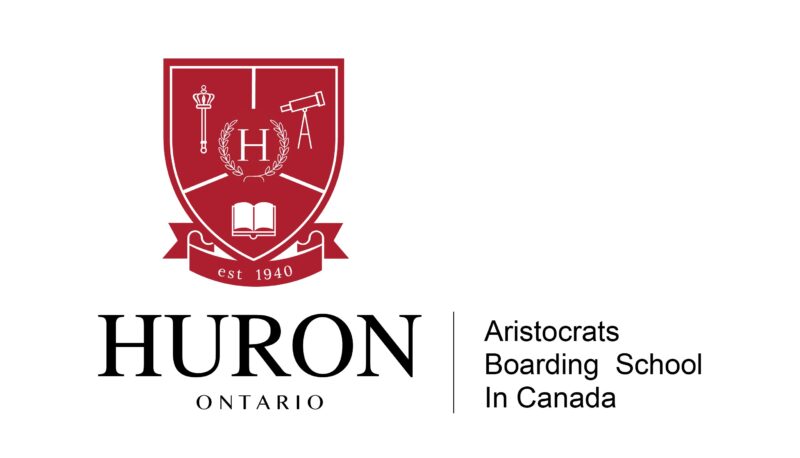Many parents of international students choose to send their children to schools that are not suitable for them, only to realize and ask agents to transfer. Who are the students transferring? What are the reasons for the transfer? To help you understand high school transfer correctly, I will introduce you to the 3 types of high school transfer in Canada, hoping that students will find the right school for them!
Category I. Transfer from a Canadian public high school to a private high school
Each year, a large number of high school students transfer from public to private high schools, up to 70%.
Instead of moving from private schools to the “high class” Canadian public schools that parents say are the best, they move from public schools, even from the top 50 public schools in Ontario to private international schools that parents and students “don’t think are the best”.
Category II. Transfer from a private Canadian high school to another private high school
Such a transfer is not difficult to understand. There are a variety of private schools in Canada, and some of them are notoriously bad.
These private schools are small, with not enough students. Most of their energy is not on teaching, and have non-native language teachers, undocumented teachers, and exaggerated propaganda. The concept of guaranteed admission has high fees to take advantage of information asymmetry, deceive domestic students, and parents. Many of these schools are investigated by the Department of Education and has been on the “blacklist” of many Canadian universities admission departments.

Such schools are only focusing on recruiting, and the quality of teaching and student services are not a priority at all, so students can’t be fooled for long after coming to Canada, so there are often many transfers.
Category III. Transfer from a Canadian public high school to another public high school
Public-to-public transfers are rare.
Some classmates experience grade pressure, class scheduling, ESL using part-time teachers, and poor service in public high schools. Most of the students will choose to transfer to a private school after they understand the public-school situation in Canada.
The other situation is new immigrants, such as those nominated by the provinces of Four Atlantic Provinces and Saskatchewan, who will live in that province for a period of time because of their residency commitments, and they choose to come to Ontario to study.
New immigrants have children who are young and go to public schools free of charge. So, understandably, they choose public schools.
Therefore, I hope that when students choosing a school, they think about whether the school is suitable for them, and carefully understand whether the information of the school is accurate to avoid choosing a public school that is not suitable for students, which will waste students study time.
So, what situations should parents consider for their students to transfer to high school?
For students:
- The ESL program is severely delayed and not meeting the requirements of the rapid improvement of English for international students in terms of time and quantity of class.
- Academic performance is significantly “pressed”.
- Restrictions on the choice of courses in schools, with the emergence of technical courses in the 11th and 12th grades, rather than university-based courses, such as crafts, baking, etc.
- Students started to be absent, indulged in games, and declined in performance.
- The lack of knowledge of how to organize the time after 3 o’clock, so the grade is low and a student’s waste of time.
- No friends, avoidance of communication with parents, emotional abnormalities.

The Huron International School avoids these situations.
- Students do not understand what teachers are teaching, they cannot write the papers teacher have assigned, they cannot start the lecture assignments, and they cannot keep up with their study speed.
- Fear of telling their parents the truth, fear of their parents’ worry, fear of their parents’ reprimanding themselves, and the lack of a solution to the problem, perpetuate the vicious cycle.
- With no parental constraints around them, international students have immature values and consumption views and are easily influenced by outside influences, forming the idea of the excessive pursuit of material needs and easily overspending.
- Consumerism has become more prevalent because of the media publicity, and immature international students have influenced each other, leading to the pursuit of brand names and even to the bad habit of comparison.

Parents will want to talk with their children since school teachers have encountered the following problems:
- Most parents do not speak English well and are unable to communicate directly with their children’s school teachers.
- Even if parents want the homestay family’s landlord to communicate more with the students, they do not have more time and opportunity, not to mention communication with the parents because they often go out early and come home late because of work.
Therefore, students in the above-mentioned school situation must contact their parents or agents to transfer them to another school, so the school system does not delay the future of their children.

